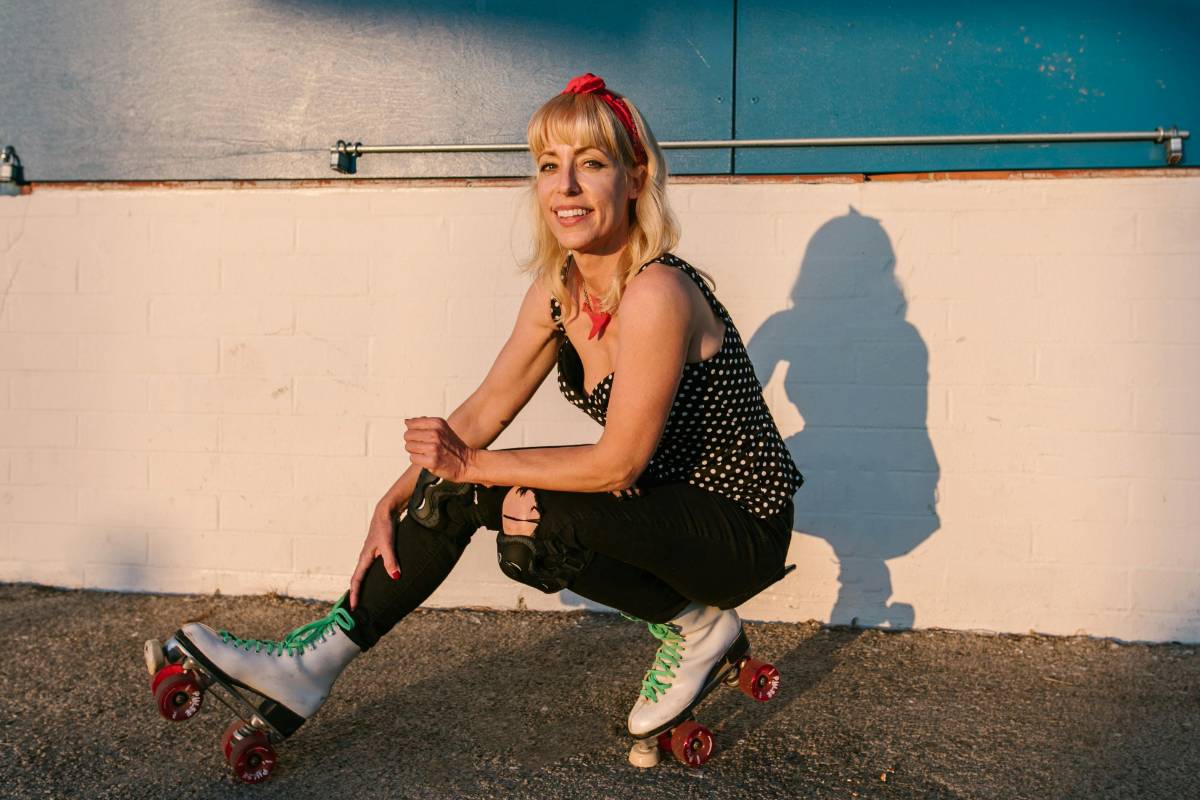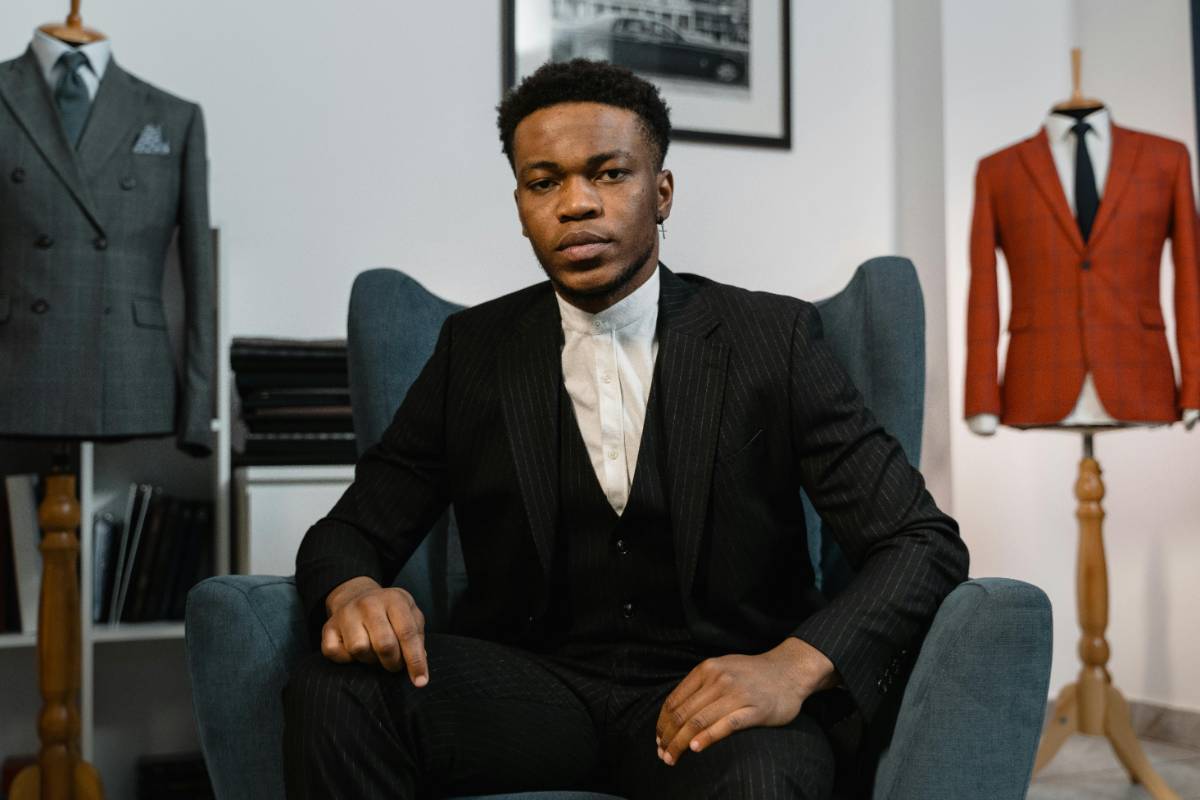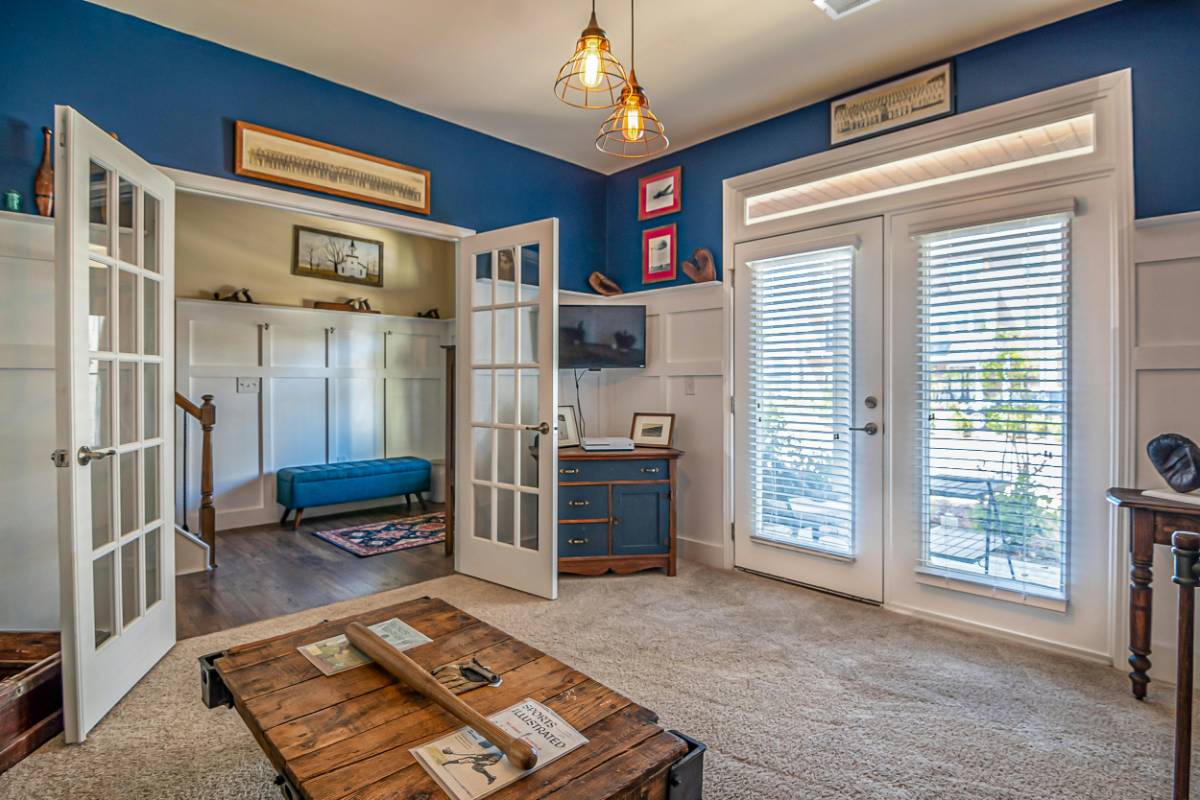
The Evolution of Fashion: From Classic Styles to Modern Trends
Fashion has always been an ever-changing reflection of culture, society, and personal expression. From timeless classic styles to bold modern trends, fashion has evolved in fascinating ways over the decades. In this article, we'll explore how fashion has transformed from its early roots to today's diverse and trendsetting styles.
The Beginnings of Classic Styles
Fashion history is rich with iconic moments, and early styles laid the foundation for what would become fashion staples. In the early 20th century, tailored suits, elegant dresses, and sophisticated accessories were central to both men's and women's fashion. Styles like the flapper dress of the 1920s and the sharp cuts of 1930s suits represent the balance between formality and personal flair during this time.

The Influence of Iconic Designers
Designers like Coco Chanel, Christian Dior, and Yves Saint Laurent revolutionized fashion with their timeless creations. Chanel's little black dress, Dior's "New Look," and Saint Laurent's modern take on tuxedos for women are just a few examples of how these designers reshaped the landscape of fashion, giving rise to styles that endure to this day.
The Rise of Casual Wear
By the mid-20th century, the world saw a shift toward more casual, relaxed clothing. The rise of denim, t-shirts, and sneakers as everyday wear revolutionized how people viewed fashion. Casual wear became more accessible and versatile, allowing for greater personal expression while maintaining comfort and practicality.
The 1980s: A Time for Bold Fashion
The 1980s saw an explosion of bold, exaggerated styles. Oversized blazers, bright colors, neon, and power dressing dominated the fashion scene. This era introduced the concept of fashion as a form of empowerment, with designers like Vivienne Westwood and Jean-Paul Gaultier challenging traditional ideas of beauty and style.
Street Style and Subcultures
In the 1990s and early 2000s, fashion took a turn toward street style and subcultures. The influence of hip-hop, grunge, and skate culture led to the mainstream acceptance of casual, laid-back clothing. Brands like Tommy Hilfiger, Vans, and Adidas became synonymous with youthful rebellion and individuality.

Modern Fashion: A Mix of Trends
Today’s fashion is characterized by an eclectic mix of influences from every era. Modern trends often blend vintage elements with contemporary pieces. Sustainability and inclusivity have also become major drivers of modern fashion, with a growing focus on eco-friendly materials and a more diverse representation of body types and cultural backgrounds.
The Digital Age and Fashion
The rise of social media and digital platforms has had a significant impact on the way fashion is consumed and understood. Platforms like Instagram and TikTok allow designers, influencers, and everyday people to share their personal style, which in turn influences trends at an unprecedented rate. Virtual fashion shows and online shopping have also made fashion more accessible worldwide.
Fashion as Personal Expression
One of the most significant changes in recent years is the shift toward fashion as personal expression rather than conforming to a specific trend. Fashion today encourages individuals to mix and match, create their own looks, and break traditional rules. This democratization of style has allowed people to use fashion as a tool for self-expression, making it more inclusive and diverse.
Conclusion
The evolution of fashion is a fascinating journey that reflects broader cultural shifts, technological advancements, and changing societal norms. From the structured and elegant styles of the past to the relaxed and diverse looks of today, fashion continues to adapt and evolve, providing endless possibilities for personal style.



